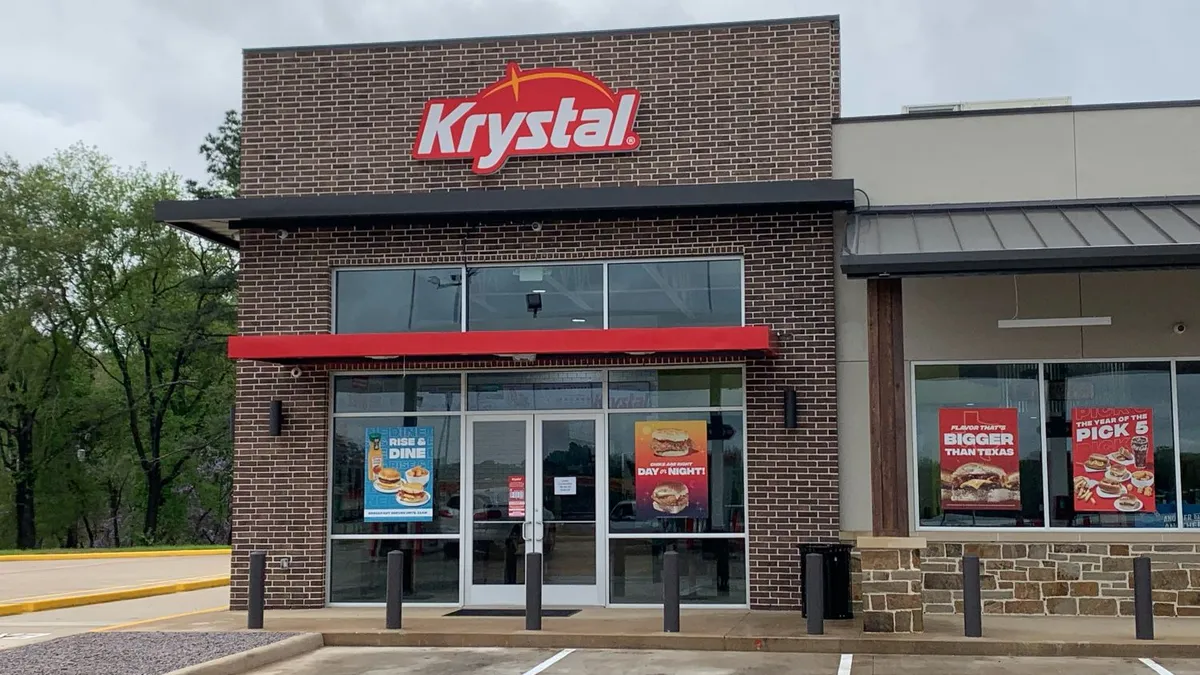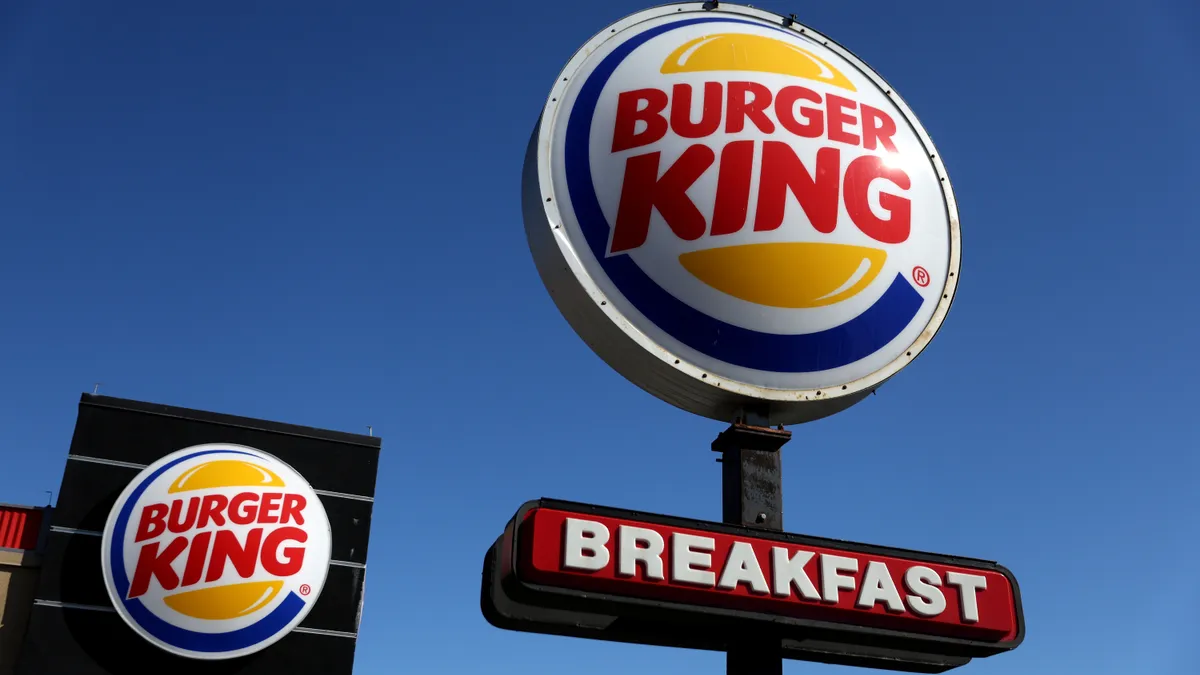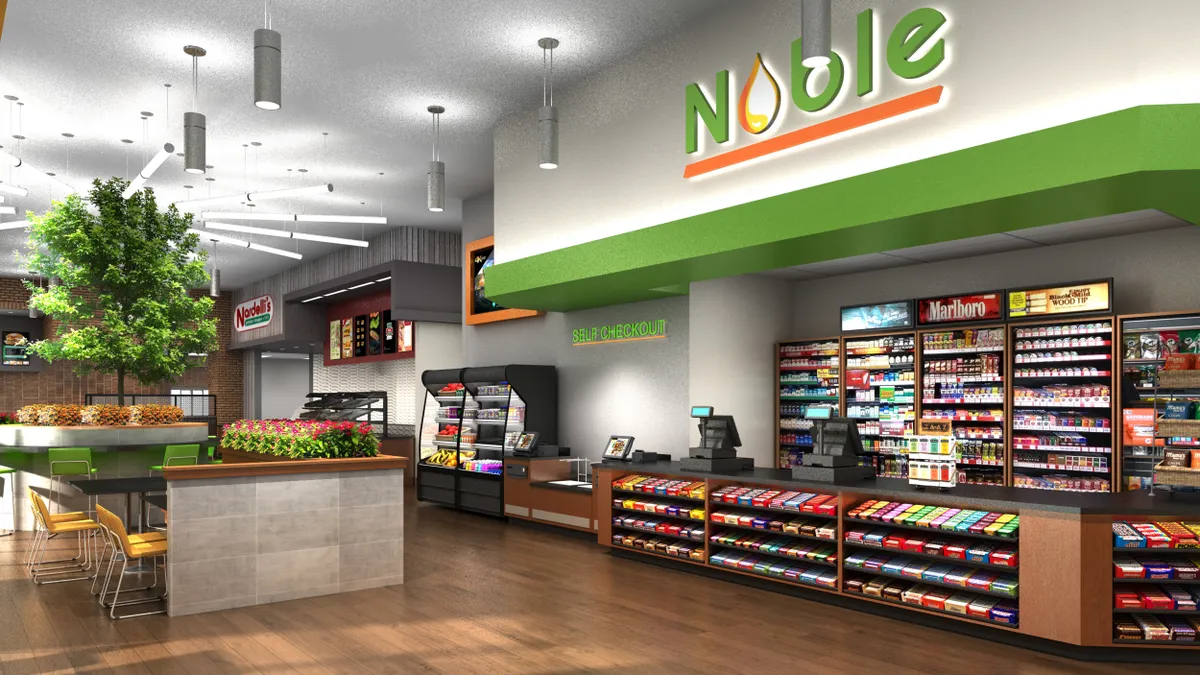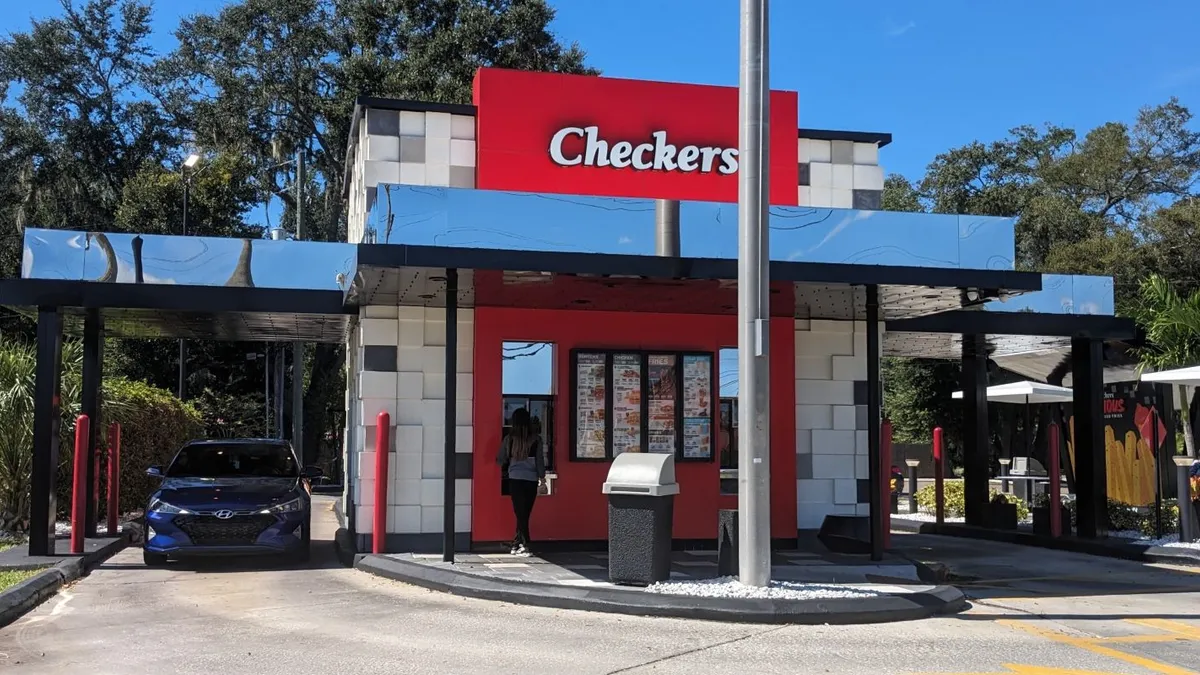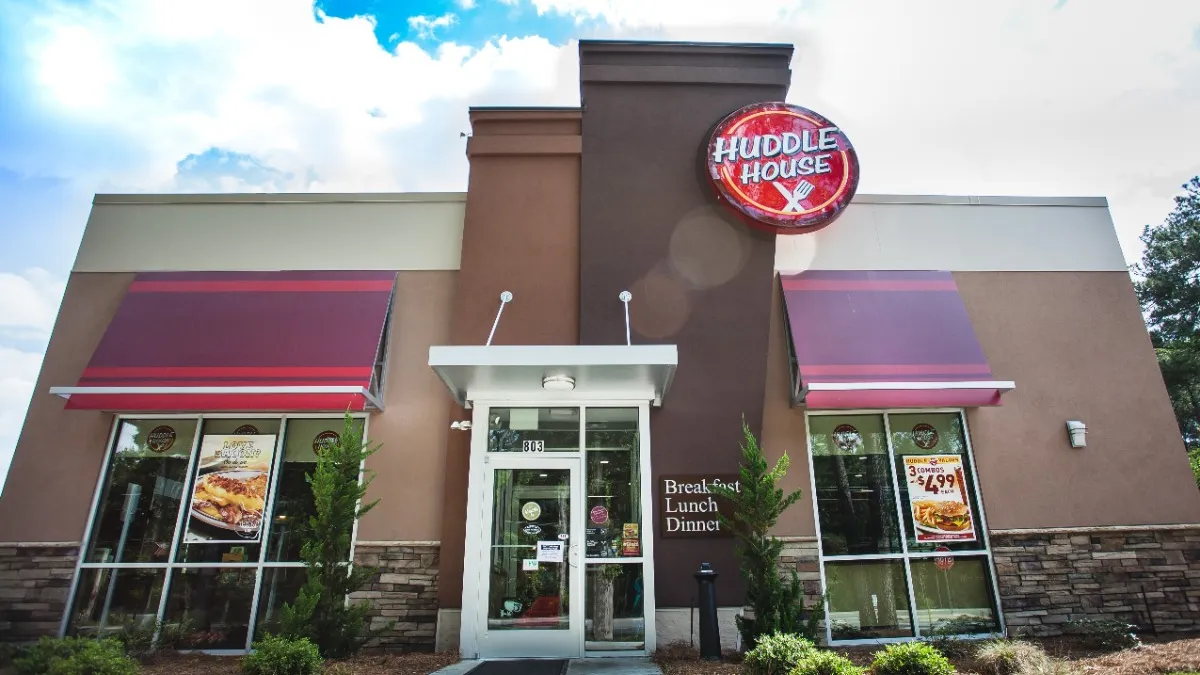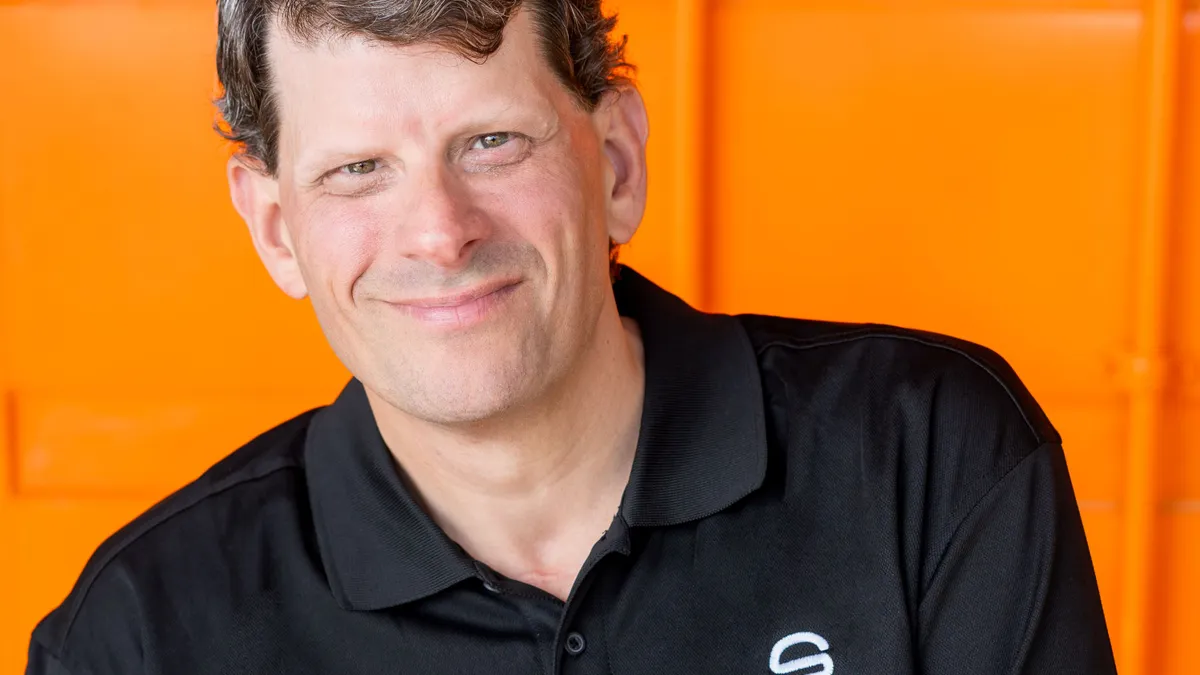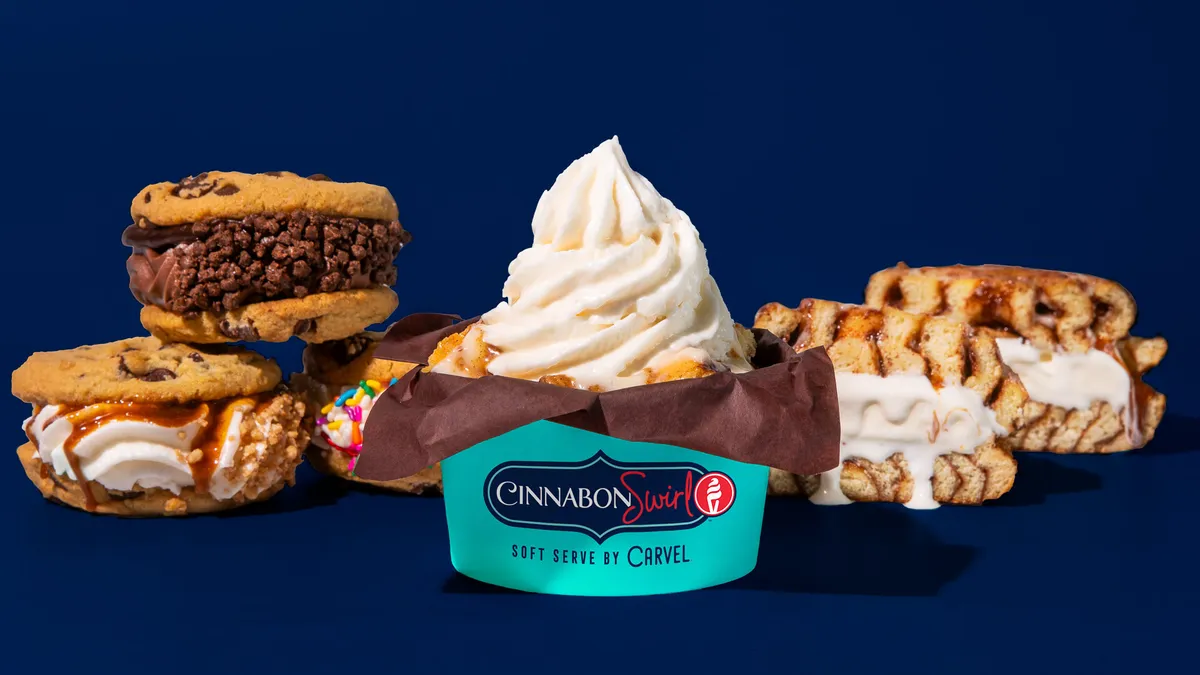2022 marked a year of significant growth for snacking brand Wetzel’s Pretzels. Not only was the chain acquired by a MTY Food Group subsidiary for $207 million during this period, it also reported 35% growth in same-store sales compared to 2019, according to a press release.
“It’s really been pretty astonishing what we’ve been able to accomplish,” Wetzel’s Pretzels CEO Jennifer Schuler said. “It even exceeds my expectations for the brand, the team and our franchisees. … We can also see from credit card data that our sales, post-COVID-19 recovery, were outpacing [our closest competitor] by two and a half times.”
This year, the company is preparing its biggest store pipeline in company history, Schuler said. These growth plans will expand the chain’s non-traditional footprint via convenience stores, food trucks and large retailers like Walmart and Macy’s. Wetzel’s, which has about 370 units, plans to open its 400th location in 2023.
Restaurant Dive spoke with Schuler to learn more about how the company’s growth, menu innovation and recent acquisition by MTY Food Group will impact its strategies.
Editor’s note: This interview has been edited for clarity and brevity.
RESTAURANT DIVE: What drove your revenue growth between 2021 to 2022?
JENNIFER SCHULER: There are some good things happening in snacking. Consumers are shifting to more snacking and more mini-meals and meals on-the-go. Other brands have been designed around being lunch or dinner, and they create mini options to help service that need, but that's not their primary function. We’ve always been a snack. I think people see that they can use us to bridge the gap between meals or be one of four or five mini-meals in a day. I think a pretzel is just perfect for that, and we've always been more abundant in our serving size. We've been really innovating around protein-based products like Pizza Bitz, which are pretzel nuggets with protein and cheese. It’s more filling, snackable, and shareable. You can eat on the go. We've always been designing with those elements in mind. I think we're really filling a need for consumers who desire fresh snacking.
How much does menu innovation play into your revenue growth strategy?
It’s not just the menu strategy that happens that year. It’s the culmination of what we’ve been doing for three or five years. A lot of the products we've introduced over time have been things like Pizza Bitz and our Cheesy Dog Bites. In 2022, we put together a mini-meals program, where we focused on making it easy for people to add a dip and a drink to an order.
We are continuing to think about bringing premium products to life. When we brought to life in 2022 a Boba product, instead of just dropping in tapioca, we used mango popping pearls. We layered it with our fresh or frozen lemonade and then topped it off with a fresh mango puree. When you bring that quality and premium to snacking, it really helps create growth and protects you in an inflationary environment, because people are seeing a good perceived value from what they get.
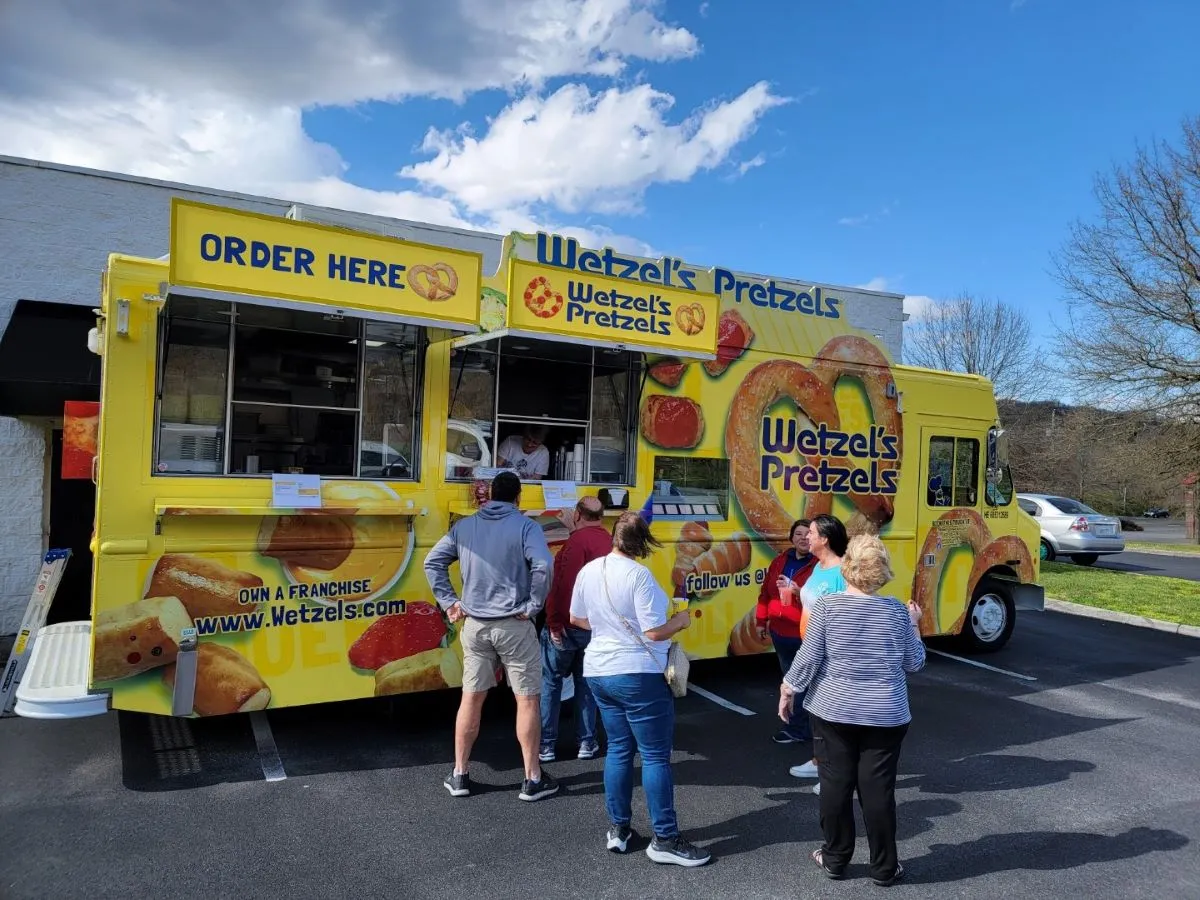
How do you approach unit growth and real estate opportunities?
If you look at Wetzel’s, historically, about 75% of our locations were mall-based. We're very selective about malls, and the ones that we went into are strong and continue to keep performing. We also looked at the number of times someone goes to a mall in a year. It’s about every other month. So for the average person it’s four to six times a year. From there, we tapped into what the locations are where people are looking for a hot, fresh snack that's portable and convenient, and where you have the foot traffic to support the business.
For us that looks like food trucks. It’s just perfect for event-based business. The food truck we designed is just delightful and sunny and attracts crowds. We’ve done great with our food truck growth. We also are innovating around convenience stores. We’re partnering with the higher-end premium convenience stores to enter that segment. We also negotiated partnerships with both Walmart and Macy's. So we're creating locations within Walmart and Macy's to bring the concept to life.
What is your c-store strategy?
We have a dedicated franchise development person on c-stores who joined last fall. We will see a pretty significant ramp up this year. We partnered with Phillips 66 last year. We’ve got a handful open today, but you’ll see by the end of this year, it will ramp up the same way food trucks ramped up last year.
We’re looking for places where the footprint is adequate to accommodate a store within a store. It generally has not been a full QSR buildout on the c-store site. More of these stores — especially in the new builds — you’re seeing bigger footage. They’re almost like mini travel plazas with upgraded food offerings, and we would occupy a little Wetzel’s within that. We're able to do that because when we were in malls, we started with inline stores that were 600 square feet, and over the time we got more compact. Now in malls, we can do a freestanding kiosk that's about 250 square feet, so we know how to compress it down, and we can drop that into a c-store.
How has your acquisition by MTY Food Group supported this growth?
What it does for us is bring some scale to the organization when we look at supply chain partners and things like that — we can bring more scale to the franchisees, which always helps us in managing costs. MTY is a company with an emphasis on technology. It’s really exciting for us to have other restaurant brand partners that you can ask, “What are you doing for your app and your POS and your digital marketing?” You can shortcut that process and bring technology to life quicker, and probably with better contract terms because we're now part of a larger-scale organization.
What’s great about MTY is its international footprint. It has Cold Stone Creamery, which has several hundreds of locations internationally. I think Wetzel’s model can work outside the United States, and I think you’ll see a lot more locations internationally.
How are you approaching franchising?
We’re a franchisor at our core. Of our 370 stores, 35 are corporate stores. Our corporate stores are really an important part of the franchising strategy in that they provide us with capability and credibility. We make a concerted effort to diversify into the same formats that we're working in with franchisees. It gives us credibility when we're working with franchisees because we're not looking at it from a distance and giving them some advice on how to run the business. We're saying, ‘Here's what we did. Here are the results. Here’s why we recommend it for your operation.’ It really has been helpful.
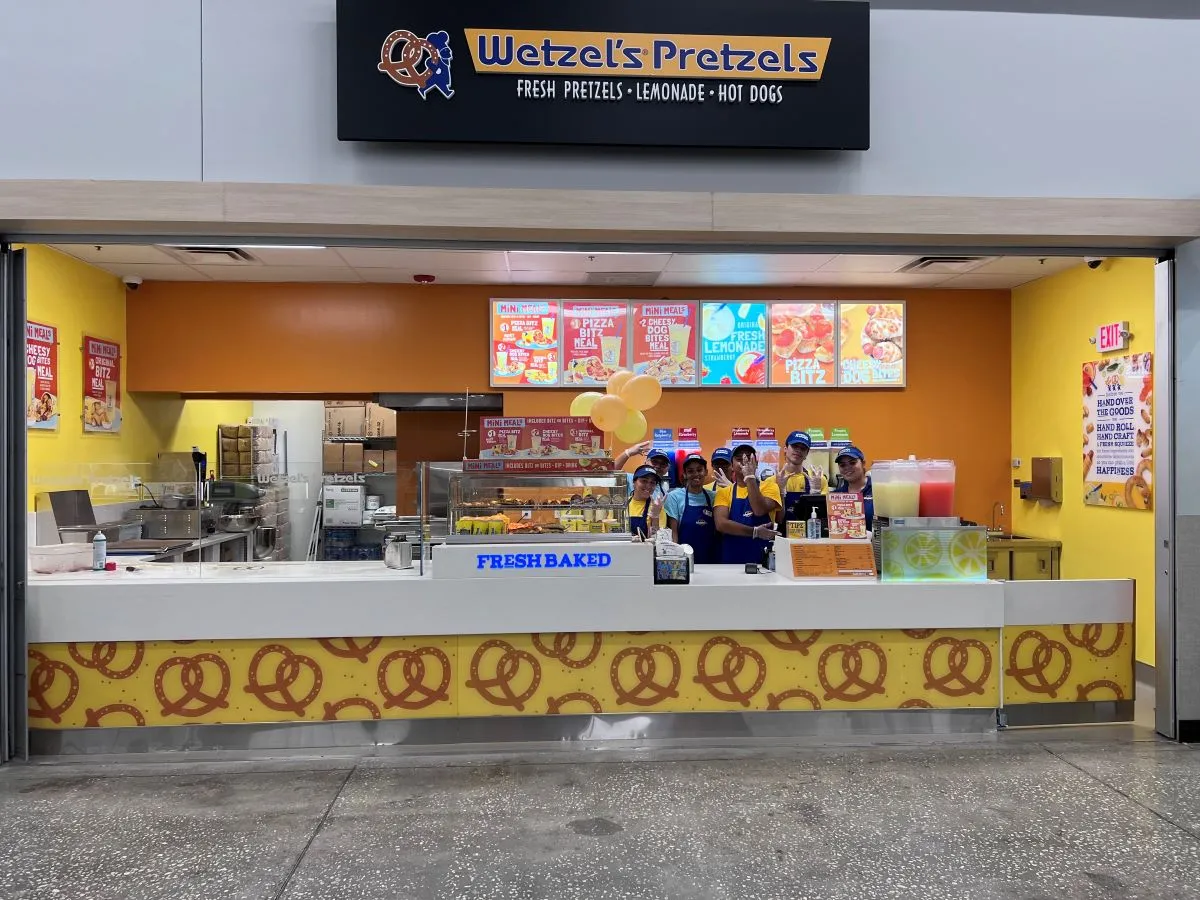
What is your current pipeline for development?
The pipeline for our stores is the strongest it’s been in company history. We have just shy of 60 stores in the pipeline today, which is over double what we had last year. It's across a lot of formats as well. Within California, where we're fairly well penetrated in malls, we’re opening a lot of food trucks and c-stores. In other parts of the country, we’re opening in malls or street locations.
The exciting thing that we have rolling out this year, probably in April, is our first street concept, called Twisted by Wetzel’s. It takes the core Wetzel’s product and brings a lot more innovation to life in a larger format, street-based location that would really serve that snacking need. We’re bringing together more mini-meal options and more innovation and playfulness that I think the brand has always been known for. We have the space to kind of stretch out, expand the menu and do that in that format, the first of which will open in Southern California.
What is the strategy behind Twisted by Wetzel’s?
It will have all the Wetzel’s Pretzels classics, but twisting it up into something a little bit more premium, a little bit more meal and a little bit more innovative around flavors, that are going to be Instagrammable. For example, we do a hot dog wrapped in our pretzel dough at our standard locations. In Twisted by Wetzel’s, we split that pretzel bun open and we layer it with Siracha. It’s Korean-inspired, so it includes Sriracha, cucumbers and fresh ingredients like green onions. It has more flavor and is a little more suited to be a meal option.
What’s gone into some of the menu creations that you’ve developed over the years?
The good news is that almost anything tastes delicious with pretzel dough. Innovation here is easy. What's hard is there are so many things you can make that taste really good. The discipline we put into it is paying attention to our internal data, our franchisee feedback and what we're seeing externally happening in the world and consumer’s need to figure out what can we make that tastes great that consumers really love and is going to fit a need for them, not just today, but where we see the future going.
Not only does it need to be something consumers love, but we have to make sure that it’s a profitable item for a franchisee especially because we're in small square footage. If we're adding additional equipment, can we really fit it? And is it worth it? Is it going to drive the sales for not only the cost of the equipment, but also the space that it might take up? For us, that's where there's a lot of discipline in the product development process.

What do you have in the pipeline for menu innovation this year?
I can tell you what we have in the market right now. We’re in Southern California so we have a really strong base of Latinx consumers here. We launched something that we felt leveraged a lot of the heritage of Latinx culture and that was a Choco Churro Bitz. We took our Cinnamon Bitz and then topped them with chocolate and dulce de leche sauces. We paired that with a frozen horchata, and that has now become our number one frozen drink. It's even outselling our frozen lemonade, which I was astonished by since lemonade is our core product. That was really exciting and we definitely see guests responding very positively to it.
What do you think we’d be talking about if we spoke again five years from now?
I would love to see continued diversification of our owners, and more representation of women and people of color, particularly Black and Brown operators. We took a look at our system and found some of our best managers and stores, many times, were run by women, people of color and Hispanic operators. If you look at our ownership base, while we had diversity, it was dominated primarily by men, and we had very little representation in the Hispanic and African-American communities.
We’ve designed a program called Access to Equity. Our first couple of owners under that program will be opening this year. We sought out folks that we thought would be great operators, but might need some additional support to become a business owner. When we created the program, we found sources of capital for them because the biggest challenge is getting the initial investment to open the business. We’re offering discounts to our royalties and franchise fees and working with our other suppliers to bring some discounts to that as well. And then lastly, we’re partnering with financial education nonprofit Operation Hope to provide that business 101 training, such as why you need a P&L, how you can read that, what that tells you about your business, all that training. We’re hooking them up with mentors within the Wetzel’s system and assigning an experienced owner to help them with all the day-to-day questions that they might have when they open their business.
If you look at us five years from today, I'd love to see much greater representation across our ownership in a way that's differentiated in the franchising world. I think we have an opportunity to be that lead for other franchisors to show them how it's done.








